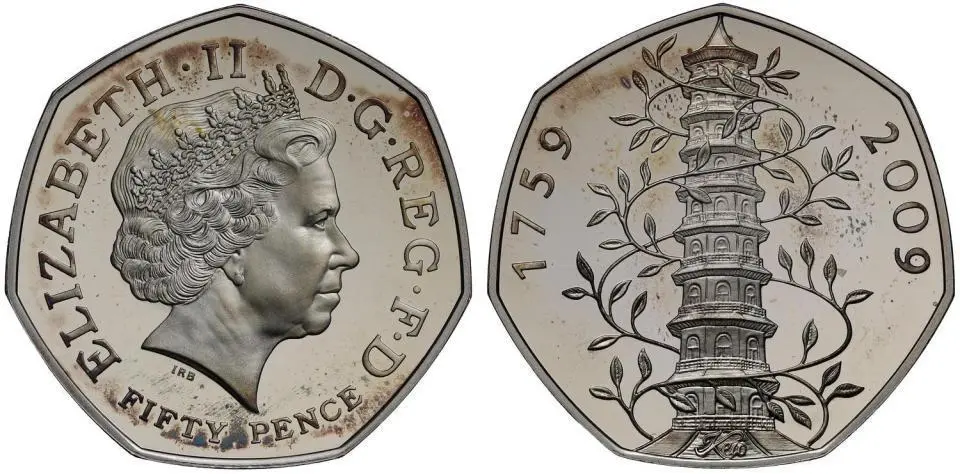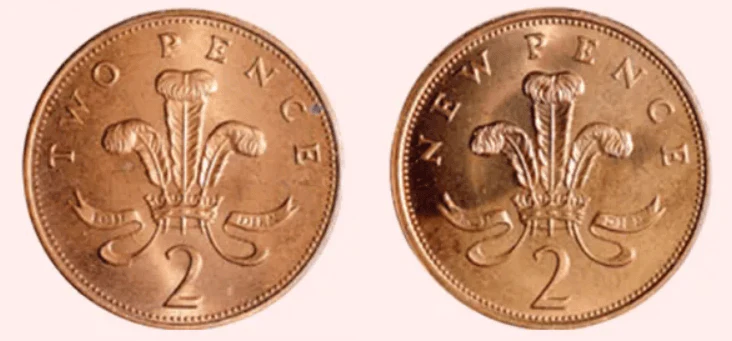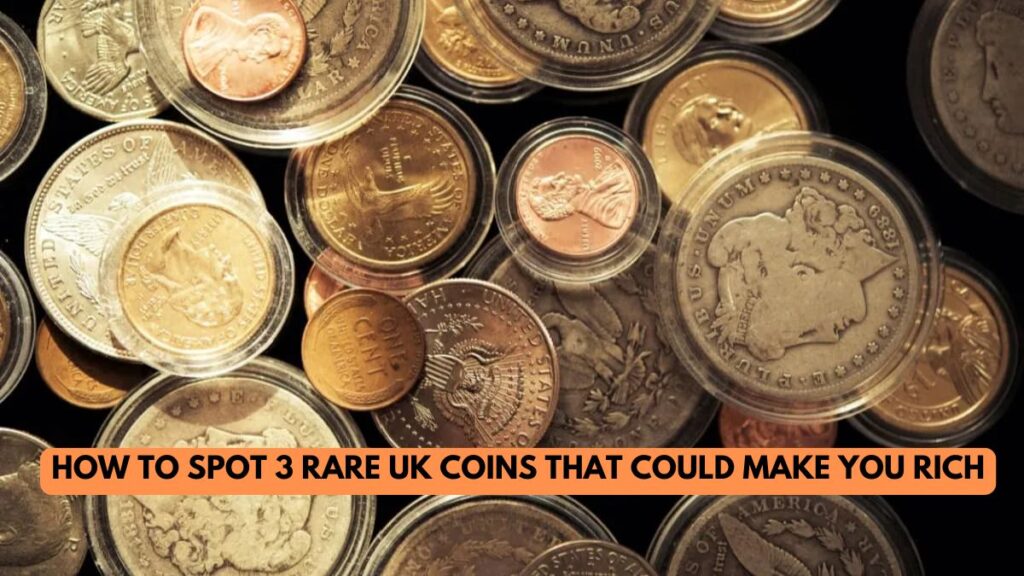Have you ever glanced at the coins in your change and wondered if any of them were special? While most coins are worth exactly what they say, a few rare pieces in circulation could fetch you a small fortune — if you know what to look for. In the UK, coin errors and limited mintings have made certain everyday coins extremely valuable.
Here are three rare coins that might be hiding in your wallet, purse or piggy bank right now, and how to identify them.
1. The 2008 Undated 20p Coin — Worth Up to £75
One of the most famous UK coin errors occurred in 2008, when an estimated 250,000 20p coins were mistakenly minted without a date. Usually, either the obverse (heads) or reverse (tails) of a coin carries a year of issue — but this batch had neither.
Known as the “mule” 20p coin, these undated pieces were a result of a design transition at the Royal Mint. While the standard 20p coin changed its design, a mix-up led to mismatched dies being used.

Today, undated 20p coins can sell for anywhere between £50 and £75 on platforms like eBay, with some reaching higher prices depending on condition.
To check yours, look at both sides of your 20p coin. If you can’t find a date on either side, you could be holding a collectible.
2. The 1983 ‘New Pence’ 2p Coin — Worth Up to £1,000
In 1983, the Royal Mint mistakenly produced a small number of 2p coins that bore the older “New Pence” inscription, rather than the updated “Two Pence” wording introduced in 1982. This rare error turned those few coins into collector’s gold.
The 2p coin was originally minted with the phrase “New Pence” from 1971 until the early 1980s. But in 1983, only a few coins with the obsolete inscription slipped through the minting process, making them extremely scarce.

To spot this coin, look for a 1983 2p that says “New Pence” instead of “Two Pence.”
Depending on its condition, this coin has fetched up to £1,000 in the collectors’ market.
3. The 2009 Kew Gardens 50p Coin — Worth Around £50
Perhaps the most famous of all modern UK rare coins, the 2009 Kew Gardens 50p was released in limited numbers — only 210,000 were put into circulation. That’s a small fraction compared to typical minting numbers for 50p coins.
The design features the iconic pagoda from the Royal Botanic Gardens in Kew, surrounded by a leafy vine. This unique design and scarcity have made it a top prize for collectors.

Look for a 2009 50p coin with the Kew Gardens pagoda on the reverse side. If you find one, it’s potentially worth around £50, and even more in pristine condition.
More details on coin releases can be found at Change Checker
How to Spot and Handle Rare Coins
Tips for Finding Valuable Coins:
- Check your change regularly. Rare coins often end up in everyday transactions.
- Focus on years, inscriptions, and designs. These are key indicators of rarity or error.
- Use magnification if needed to inspect inscriptions and mint marks.
Protect the Value:
- Handle coins by the edges to avoid fingerprints or scratches.
- Store rare finds in protective sleeves or display cases.
- Avoid cleaning coins, as it may reduce their value.
Verify with Trusted Sources:
- Refer to the Royal Mint for official coin descriptions and updates.
- Use reliable collector communities or valuation sites like Numista or Change Checker.
Final Thoughts
Coin collecting isn’t just a hobby for numismatists anymore. With everyday circulation hiding these rare gems, even a routine grocery trip could uncover a coin worth hundreds of pounds. So next time you’re handed change, take a second look — your spare coins might be anything but ordinary.
This article has been carefully fact-checked by our editorial team to ensure accuracy and eliminate any misleading information. We are committed to maintaining the highest standards of integrity in our content.



